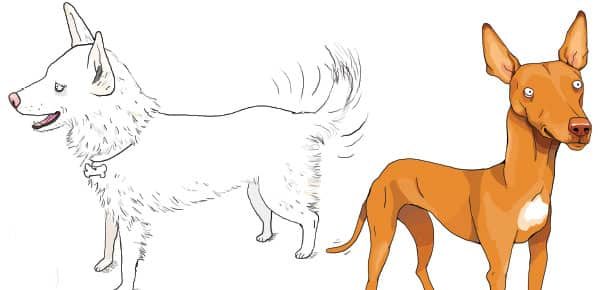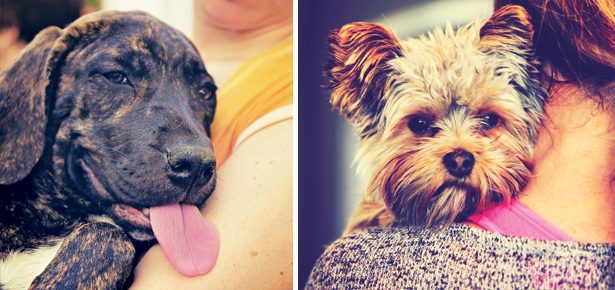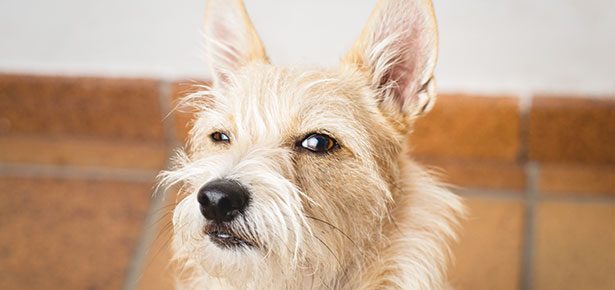

Collar Accidents
How they happen, and tips to help prevent them
Featured photo remik44992/Bigstockphoto.com
{ In partnership with SleepyPod }
Collars are an essential part of a dog’s everyday life, securing their ID tags and leash, and giving owners an easy way to get hold of their dog when needed. However, this very item that is so vital to a dog’s safety can also be dangerous in certain situations.
Collar accidents are the most common cause of strangulation in dogs, and can happen at home, in the backyard, dog park, and even under supervision. Typically, a dog's collar or ID tags get caught on a fence, shrub, gate, floor vent, or in the wire bars of their crate, and in the ensuing struggle to break free, they strangle themselves.
Two or more dogs playing rambunctiously can appear harmless, but if one dog's jaw gets caught on another’s collar, panic can ensue — causing serious injury to both dogs as the caught dog thrashes around. Even with immediate human intervention, the tension can quickly become so tight that it’s extremely difficult to remove the collar or separate the dogs.
You can help protect your dog by following these tips:
• Remove collars while dogs play and wrestle together when it is safe to do so (i.e., indoors, or outdoors in areas that are safely enclosed and free from road traffic).
• Use a quick-release snap buckle collar or a "break- away" collar designed to snap free if it becomes snagged or caught on an object. Avoid traditional belt buckle-style collars, which are difficult to remove quickly in an emergency.
• Avoid chain or prong collars, which can more easily snag. If you need a collar that offers greater control, opt for a safer alternative such as the Locking Martingale Collar from Sleepypod, which cinches to provide the gentle control and security of a martingale collar, yet can be securely fastened to function as an everyday collar when needed (and unfastened in an emergency).
• Choose no-dangle style ID tags, if possible.
• Never tether your dog in the back of an open vehicle, and never attach a restraint to a neck collar while riding inside a vehicle.
• Avoid tethering your dog on a raised surface that they can fall from. If you must tie them up on ground level, ensure it is free of obstacles and cannot be "circled around" to avoid entanglement, and never leave them unsupervised.
• Check your dog's collar regularly to ensure proper fit: You should be able to just slip two or three fingers between the collar and your dog's neck. If a collar is too loose, another dog's mouth or paw can become caught in it. If it’s too tight, it can restrict breathing or cause damage to the trachea, especially in puppies and toy breeds.
• Keep a pair of heavy, blunt scissors in your dog first aid kit and/or doggie car kit in case you ever need to cut off a dog’s collar. In an emergency, try to cut the collar off on the top side, if possible, to reduce the risk of injuring the dog’s throat area.
By simply being aware of the potential for collar accidents and taking common-sense precautions to avoid them, we can help keep our beloved pups safer. Do you have any collar safety tips to share?
Melanie Monteiro is a writer, dog safety & lifestyle expert and author of “The Safe Dog Handbook” and “Waggish.” She teaches dog first aid through her online and hands-on workshops and works with brands, pet professionals and pet owners to promote happy, healthy living with pets.
Join the newsletter and never miss out on dog content again!
"*" indicates required fields
By clicking the arrow, you agree to our web Terms of Use and Privacy & Cookie Policy. Easy unsubscribe links are provided in every email.





